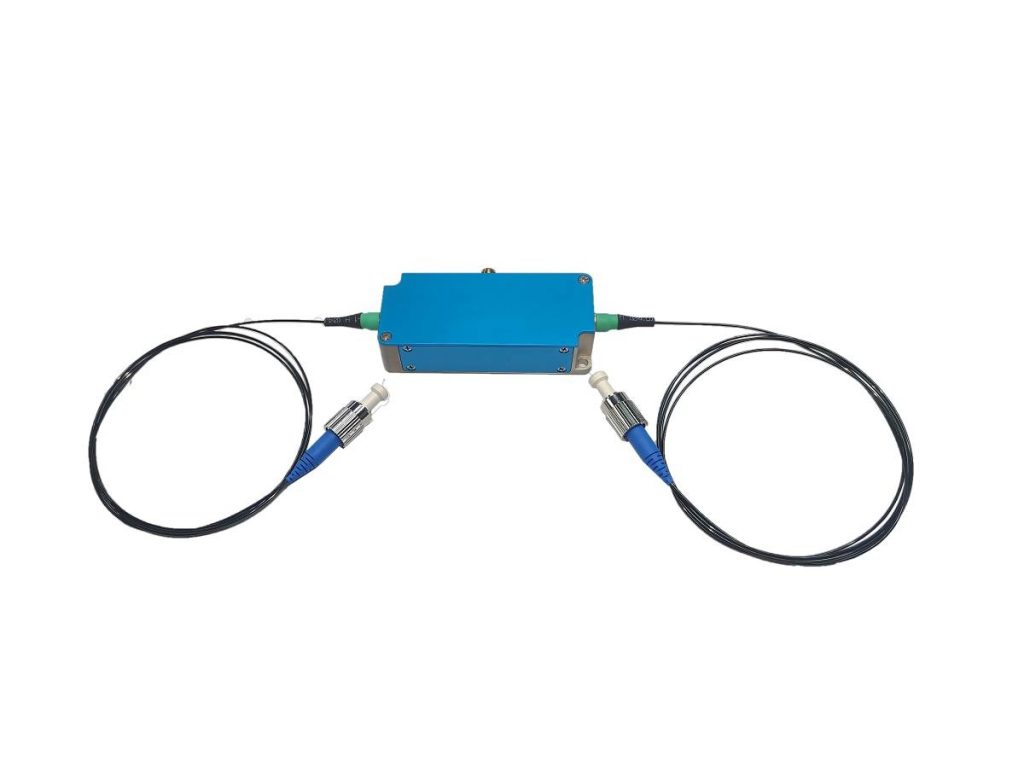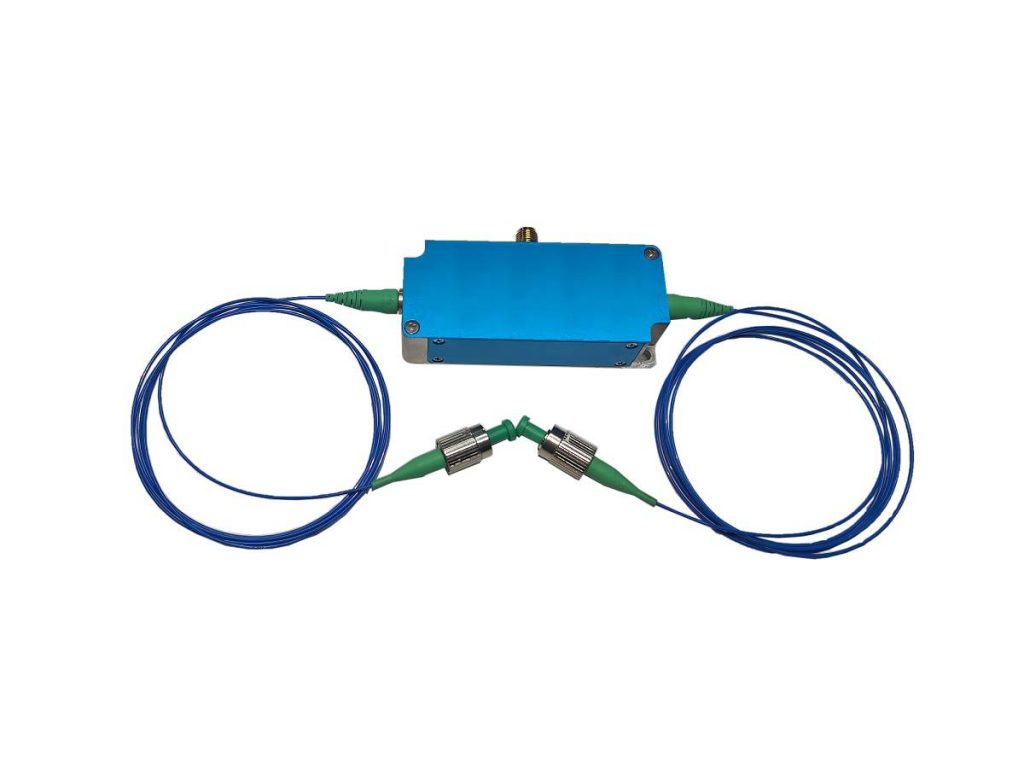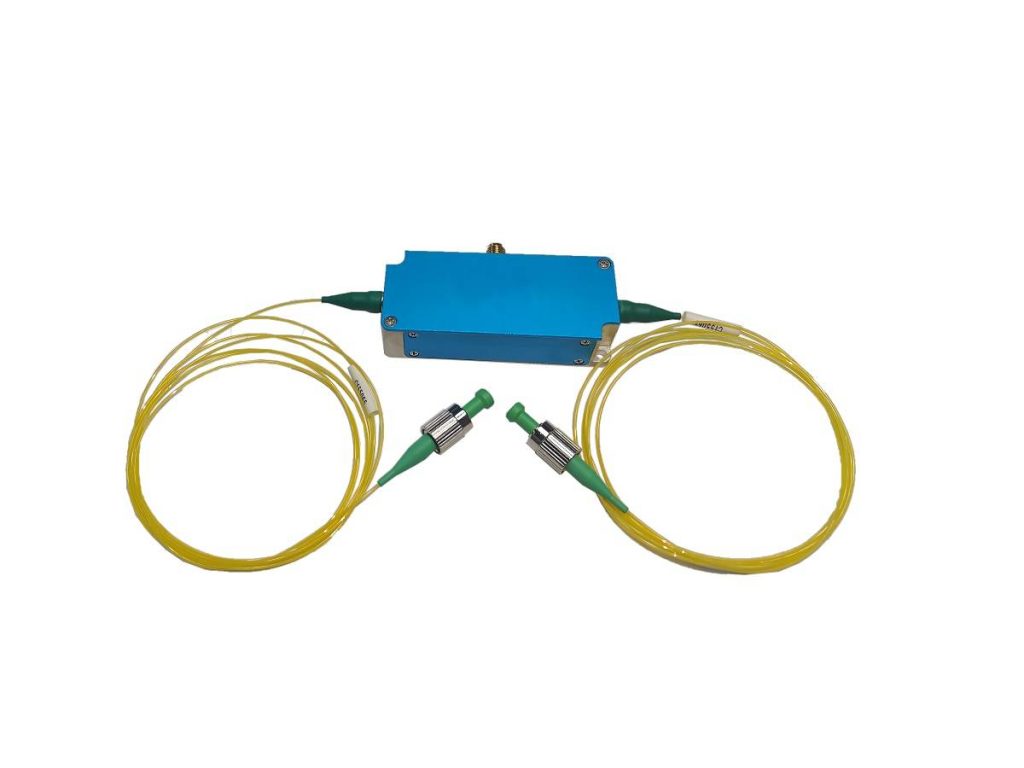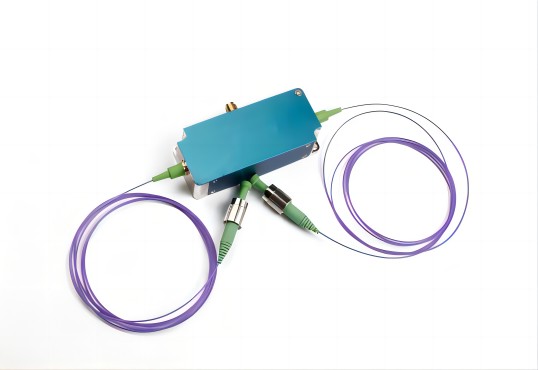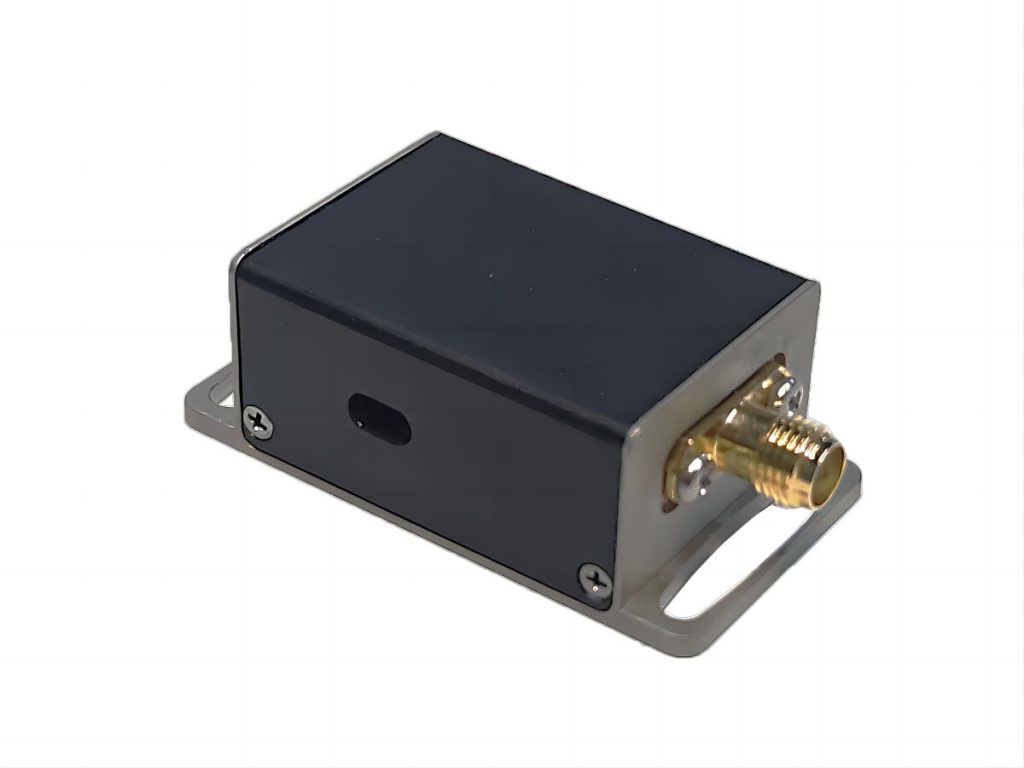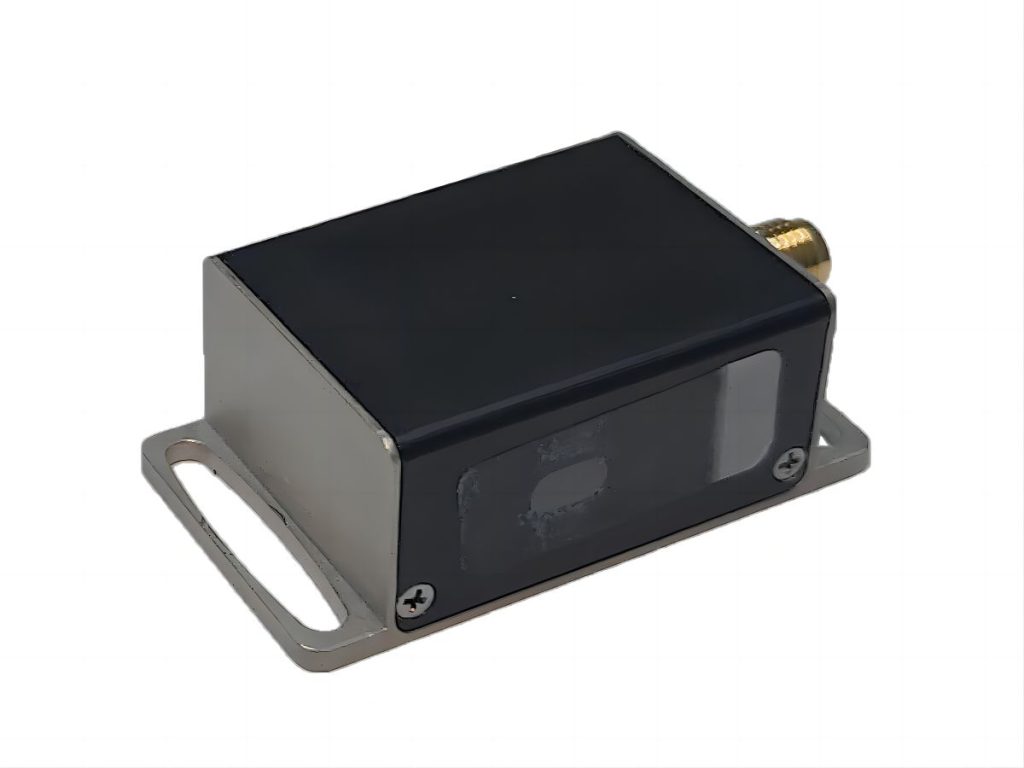Fiber AOM vs. Space AOM: Understanding the Differences in Light Modulation
Acousto-optic modulators (AOMs) are critical components in various laser-based systems. They manipulate light by using sound waves to control its intensity and frequency. This article explores the two main types of AOMs: fiber AOM and space AOM. We will delve into their distinct light propagation methods, design considerations, performance characteristics, and suitable applications.
What are Acousto Optic Modulators?
Acousto Optic Modulators utilize the acousto-optic effect, where sound waves interact with light waves within a specific material. This interaction causes a deflection or shift in the light’s path. By controlling the sound wave’s properties, AOMs can modulate various aspects of the light beam. Common modulations include intensity modulation (turning the light on and off), frequency modulation (shifting the light’s frequency), and pulse modulation.
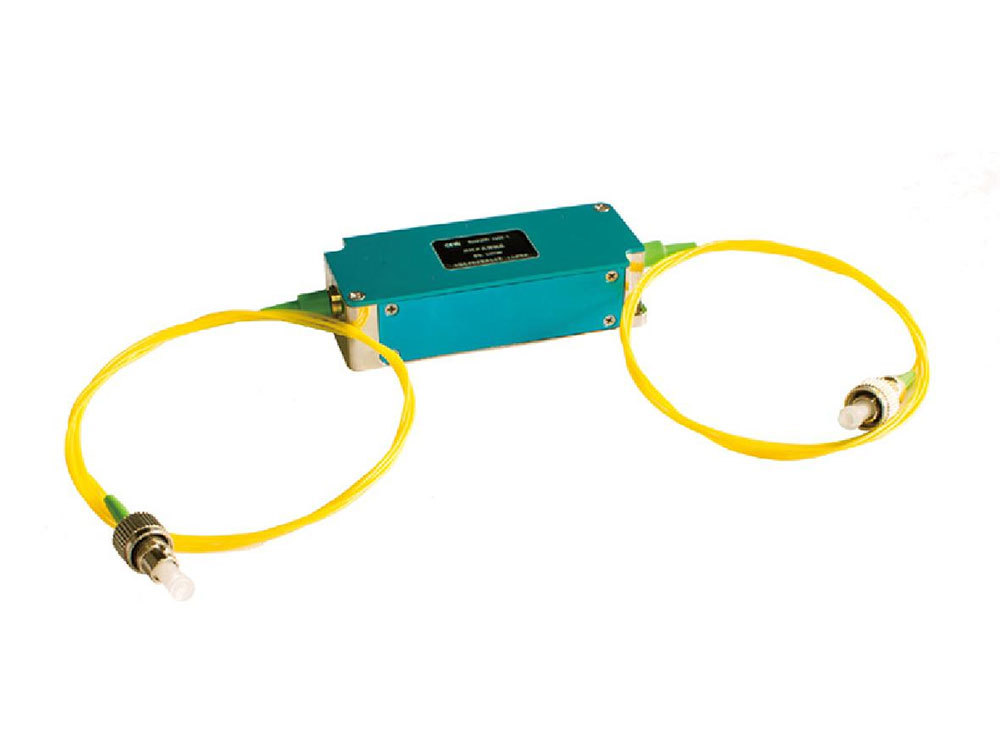
Beam Path Analysis: Fiber AOM vs. Space AOM
The core difference between fiber AOMs and space AOMs lies in the path light takes within the device:
A. Fiber AOM
In fiber AOMs, light travels through a single-mode optical fiber. This type of fiber has a very narrow core diameter (typically around 9 micrometers), which tightly confines the light beam. This confinement offers several advantages:
- Reduced Complexity: Because the light is already confined within a small diameter, fiber AOMs do not require bulky collimating optics to manipulate the beam size. This simplifies the device design and reduces its overall footprint.
- Ease of Integration: The use of single-mode optical fibers allows for seamless integration of fiber AOMs with existing fiber optic systems. The light beam remains confined within the fiber throughout the device, eliminating the need for complex free-space alignment procedures.
- Efficient Light Coupling: The close proximity of the acoustic medium (the material that interacts with the light) to the fiber core in fiber AOMs facilitates efficient light-wave interaction with the sound wave. This translates to a stronger modulation effect with minimal light loss.
- However, fiber propagation also comes with limitations:
- Limited Beam Diameter: Due to the inherent confinement within the fiber core, fiber AOMs are restricted in the maximum achievable beam diameter. This can be a disadvantage for applications requiring large-diameter beams, such as high-power laser systems or processes that involve manipulating a wide area.
- Material Constraints: The choice of materials for the acoustic medium in fiber AOMs is limited. The material needs to be compatible with the construction of the fiber optic cable and allow for efficient light coupling. This can restrict the selection of materials with potentially superior acousto-optic properties (properties that govern the interaction of light and sound waves).
B. Space AOM
In contrast, space AOMs operate on free-space light beams. Here, the light propagates through air or another transparent medium without the confinement of an optical fiber. This approach offers distinct advantages:
- Larger Beam Diameters: Space AOMs can readily handle light beams with significantly larger diameters compared to fiber AOMs. This makes them suitable for applications utilizing high-power lasers or requiring complex beam manipulation techniques, where a wider beam area is necessary.
- Material Flexibility: Space AOMs offer greater freedom in selecting the acoustic medium. Since the light beam is not confined within a fiber, materials with superior acousto-optic properties, even if incompatible with fiber optic construction, can be employed. This potentially allows for achieving higher modulation efficiency or faster response times.
- However, free-space propagation also introduces some drawbacks:
- Increased Complexity: Unlike fiber AOMs, space AOMs require collimating optics to manipulate the incoming and outgoing light beams. These additional components increase the device’s complexity and introduce alignment challenges that need to be addressed for optimal performance.
- Potential for Coupling Losses: Coupling light into and out of the device can be less efficient compared to fiber AOMs. This is because the free-space beam can potentially diverge or misalign during the coupling process, leading to some light loss.
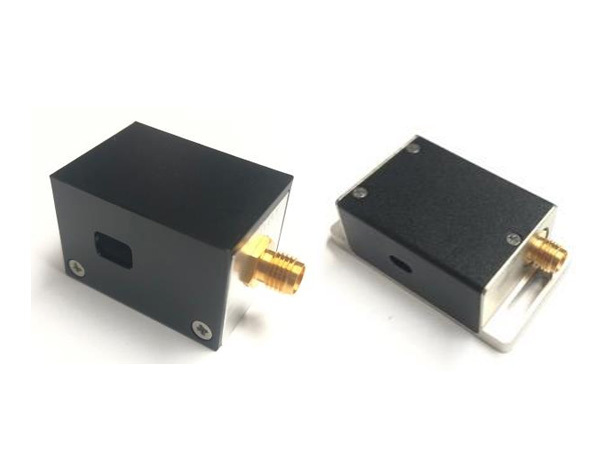
Internal Architecture: A Deep Dive into Fiber AOM and Space AOM Design
A. Fiber AOM
Fiber AOMs possess a well-defined internal structure:
- Acoustic Medium: At the heart of the device lies the acoustic medium, typically a material like tellurium dioxide (TeO2). This material plays a crucial role in converting electrical signals into sound waves that modulate the light beam.
- Collimation Unit: Light from the incoming optical fiber is not suitable for direct interaction with the acoustic medium due to its confined nature. Therefore, fiber AOMs employ a collimation unit, which can be lenses or gratings. This unit transforms the divergent light beam from the fiber into a collimated (parallel) beam for efficient interaction with the sound wave.
- Piezoelectric Transducer: Bonded to the acoustic medium is a piezoelectric transducer. This component converts an electrical signal into a sound wave by vibrating due to the applied voltage. The specific characteristics of the sound wave (frequency, intensity) are controlled by the electrical signal.
- Interaction Region: The collimated light beam traverses the acoustic medium, where it interacts with the sound wave generated by the piezoelectric transducer. This interaction modulates the light beam’s properties (intensity, frequency, etc.) according to the characteristics of the sound wave.
- Re-collimation Unit: After interacting with the sound wave, the modulated light beam needs to be refocused back into the outgoing fiber for proper transmission. Another collimation unit performs this task, ensuring efficient coupling of the modulated light back into the fiber.
Material selection for the acoustic medium in fiber AOMs is a crucial design consideration. Tellurium dioxide (TeO2) is a popular choice due to its:
- Favorable Acousto-Optic Properties: TeO2 exhibits a good efficiency in converting electrical signals into sound waves that effectively modulate the light beam.
- Compatibility with Fiber Optics: TeO2 integrates well with the materials used in fiber optic cables, minimizing potential issues during device construction.
However, other materials might offer superior performance in terms of modulation speed or efficiency. The challenge lies in finding materials that possess these properties while also being compatible with the fiber optic environment for seamless integration within the fiber AOM design.
B. Space AOM
Space AOMs, while sharing the core principle of sound wave interaction with light, differ in their construction due to the free-space propagation of light:
- Collimating Optics: Similar to fiber AOMs, space AOMs utilize collimation optics to manipulate the light beam. However, in this case, the collimation unit plays a more prominent role. Incoming light from the free space needs to be collimated into a well-defined beam before interacting with the acoustic medium and vice versa. This collimation process typically involves lenses or mirrors.
- Acoustic Medium Chamber: Unlike fiber AOMs where the acoustic medium is integrated within the device body, space AOMs often house the acoustic medium in a separate chamber. This allows for greater flexibility in design and material selection.
- Acoustic Medium Window: In some space AOM designs, the acoustic medium might be directly bonded to a window through which the collimated light beam passes. This approach simplifies the device structure but might impose limitations on material selection due to compatibility requirements with the window material.
Space AOMs offer greater freedom in selecting the acoustic medium. Materials like:
- Lithium Niobate (LiNbO3): This material boasts superior acousto-optic properties compared to TeO2, potentially leading to higher modulation efficiency or faster response times.
- Tellurium Dioxide (TeO2): While also used in fiber AOMs, TeO2 remains a viable option in space AOMs when a balance between performance and cost is desired.
Additionally, space AOMs can leverage the advantage of free-space propagation by employing multiple acoustic crystals arranged in series. This configuration allows for achieving:
- Higher Diffraction Efficiency: By employing multiple crystals, a larger portion of the light beam can be effectively diffracted by the sound wave, leading to stronger modulation effects.
- Broader Bandwidth Operation: Multiple crystals can be strategically designed to operate at slightly different frequencies, collectively achieving a wider range of operational frequencies for the AOM.
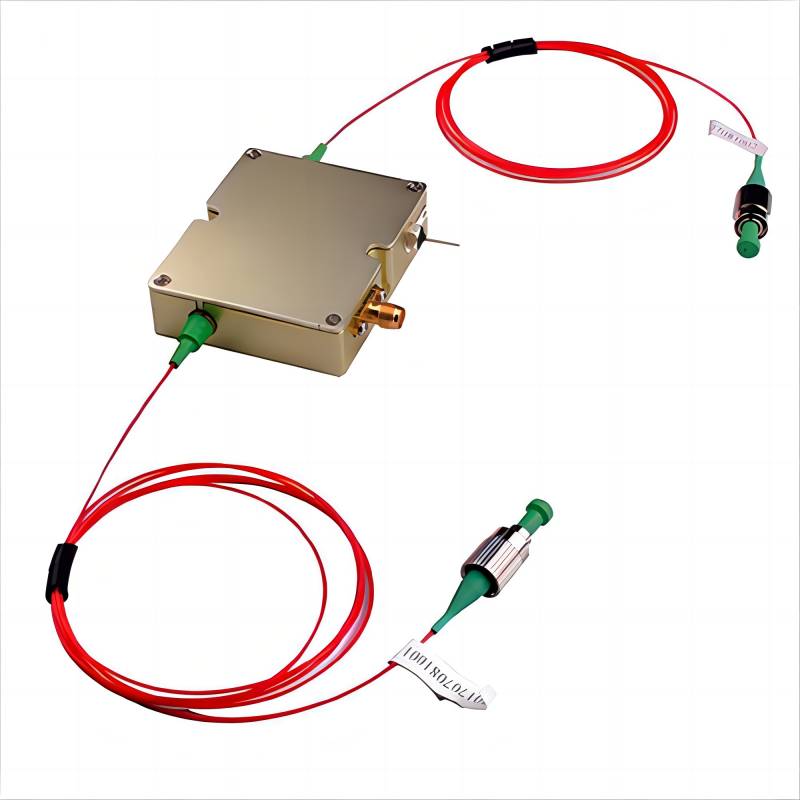
Performance Optimization: Tailoring AOMs for Specific Needs
When choosing between fiber AOMs and space AOMs, several key performance factors need consideration:
- Modulation Speed: This parameter indicates the fastest rate at which the AOM can modulate the light beam. Both fiber AOMs and space AOMs can achieve high modulation speeds, typically in the range of nanoseconds or even picoseconds. However, factors like acoustic medium properties and device design can influence this. Generally, space AOMs might have a slight edge in achieving the highest modulation speeds due to the potential for using materials with superior acousto-optic figures of merit.
- Insertion Loss: This parameter quantifies the power loss experienced by the light beam as it traverses the AOM. Fiber AOMs typically exhibit lower insertion losses compared to space AOMs. This is because the efficient coupling of light into and out of the fiber minimizes power loss. Space AOMs, due to potential coupling inefficiencies and additional optical components, might have slightly higher insertion losses.
- Rise Time: This parameter represents the time it takes for the light beam intensity to transition between on and off states. Both fiber AOMs and space AOMs can achieve fast rise times, but space AOMs might offer a slight advantage due to the potential for using materials with faster acoustic transit times.
- Bandwidth: This parameter signifies the range of frequencies over which the AOM can effectively modulate the light beam. Both fiber AOMs and space AOMs can operate with broad bandwidths. However, space AOMs, particularly those employing multiple crystals, can achieve wider bandwidths compared to fiber AOMs.
- Diffraction Efficiency: This parameter indicates the percentage of light that gets diffracted by the sound wave, leading to the desired modulation effect. Both fiber AOMs and space AOMs can achieve high diffraction efficiencies. However, space AOMs offer greater flexibility in design to optimize diffraction efficiency, such as using multiple crystals or employing specific acoustic wave geometries.
Matching AOMs to Applications: Finding the Perfect Fit
The choice between fiber AOMs and space AOMs depends on the specific application requirements. Here’s a breakdown of where each type excels:
A. Fiber AOM Applications
- Fiber optic communication systems: Fiber AOMs are ideal for in-line modulation of light signals within fiber optic communication links for tasks like pulse shaping, wavelength shifting, and signal gating.
- Fiber laser systems: Fiber AOMs find application in fiber lasers for Q-switching (pulse generation) and mode-locking (pulse width control) due to their compact size and efficient integration with fiber components.
- Fiber optic sensors: Fiber AOMs play a role in fiber optic sensors for tasks like signal modulation and light manipulation within the sensor cavity.
B. Space AOM Applications
- High-power laser systems: Space AOMs are suitable for high-power laser systems where larger beam diameters are required. They can handle higher power levels without damage and offer efficient modulation for tasks like pulse picking or beam deflection.
- Material processing: Space AOMs are used in material processing applications for precise laser beam steering and manipulation, allowing for intricate cutting, drilling, and ablation processes.
- Free-space optical communication: Space AOMs can be employed in free-space optical communication systems for beam steering and modulation, particularly in applications requiring long-distance transmission or atmospheric compensation.
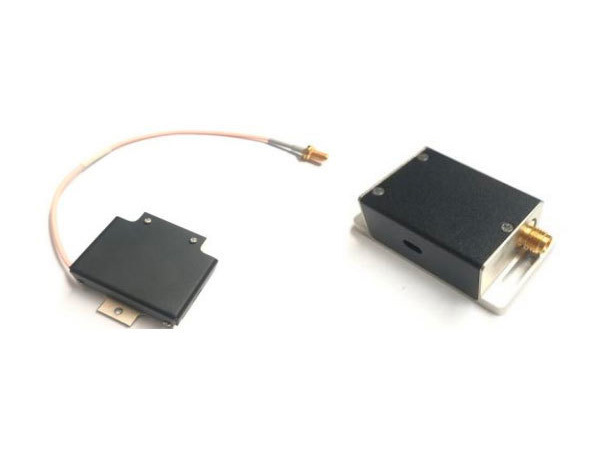
Conclusion
Fiber AOMs and space AOMs represent valuable tools within the AOM landscape, each catering to specific needs. Fiber AOMs offer a compact, efficient solution for in-line modulation within fiber optic systems, while space AOMs provide greater flexibility in terms of beam size, material selection, and potential for achieving higher performance in certain areas. The optimal choice depends on factors like application requirements, desired performance characteristics, and system constraints. By understanding the strengths and limitations of both fiber AOMs and space AOMs, engineers can make informed decisions for optimal light modulation in their photonic systems.

